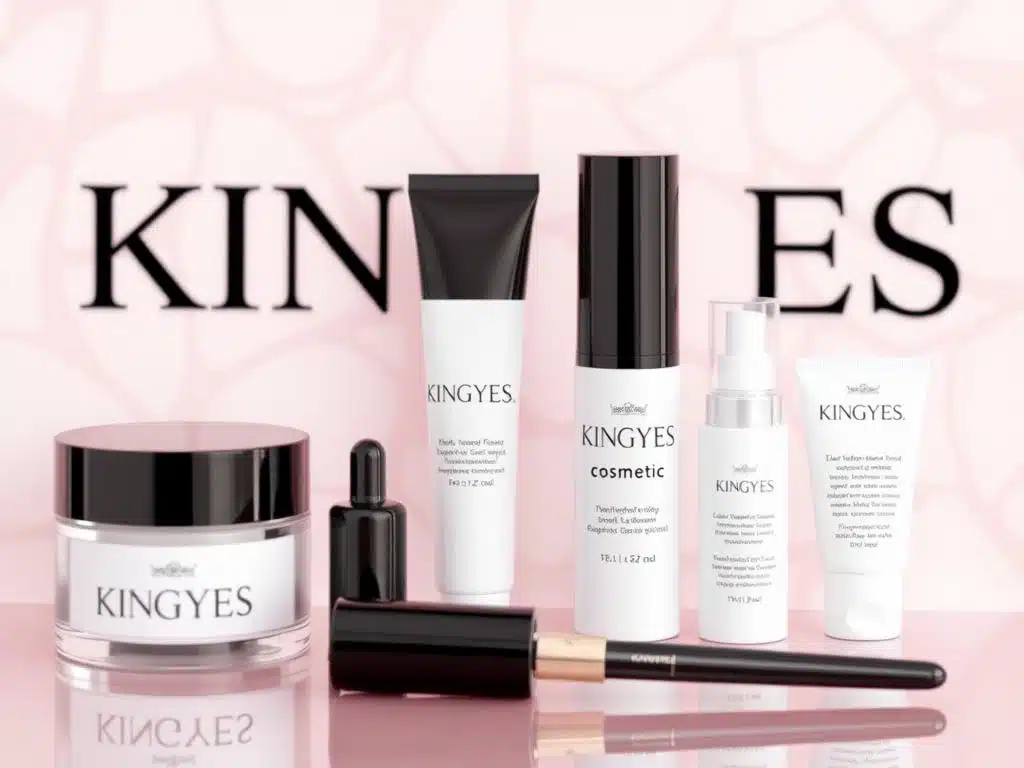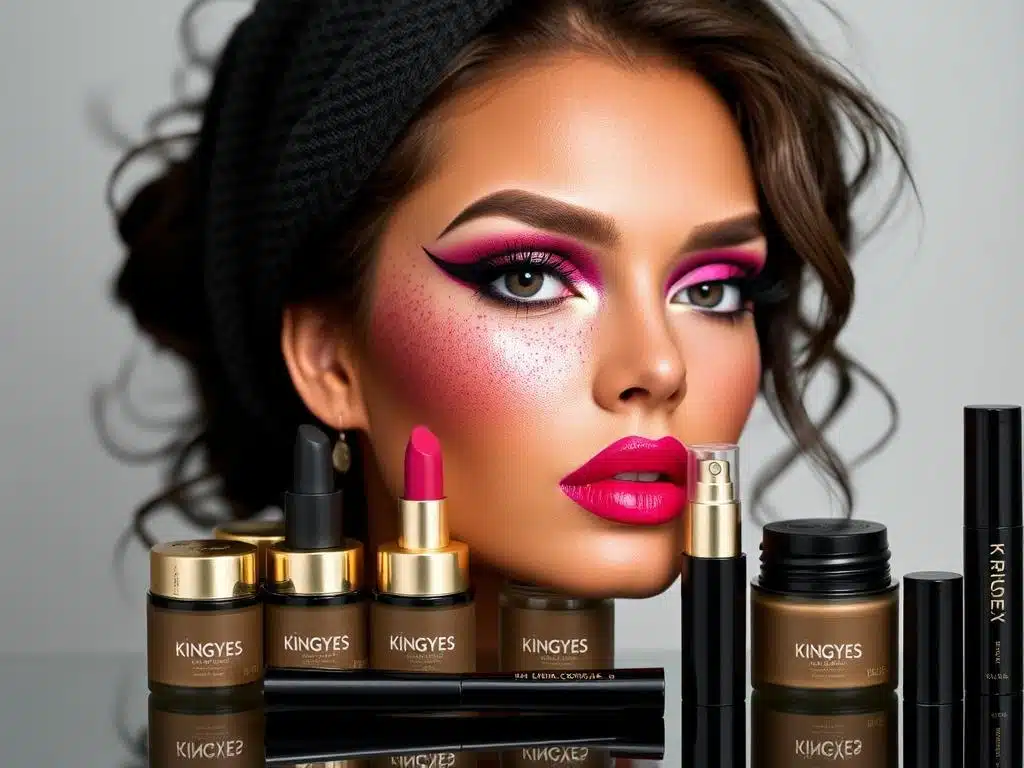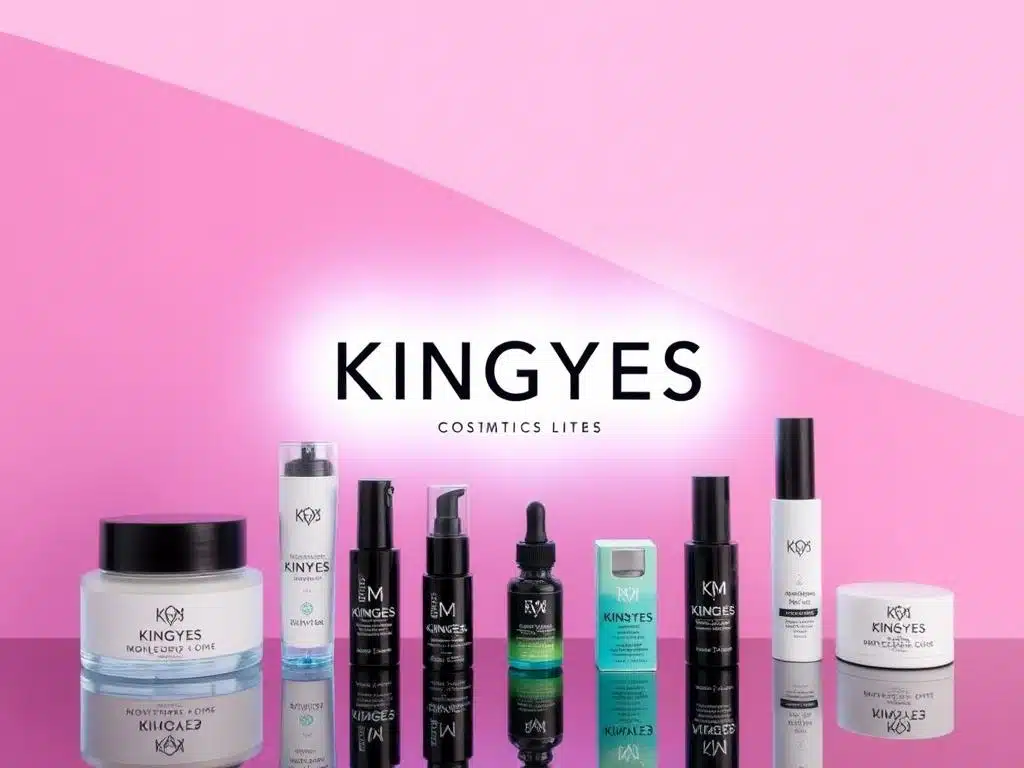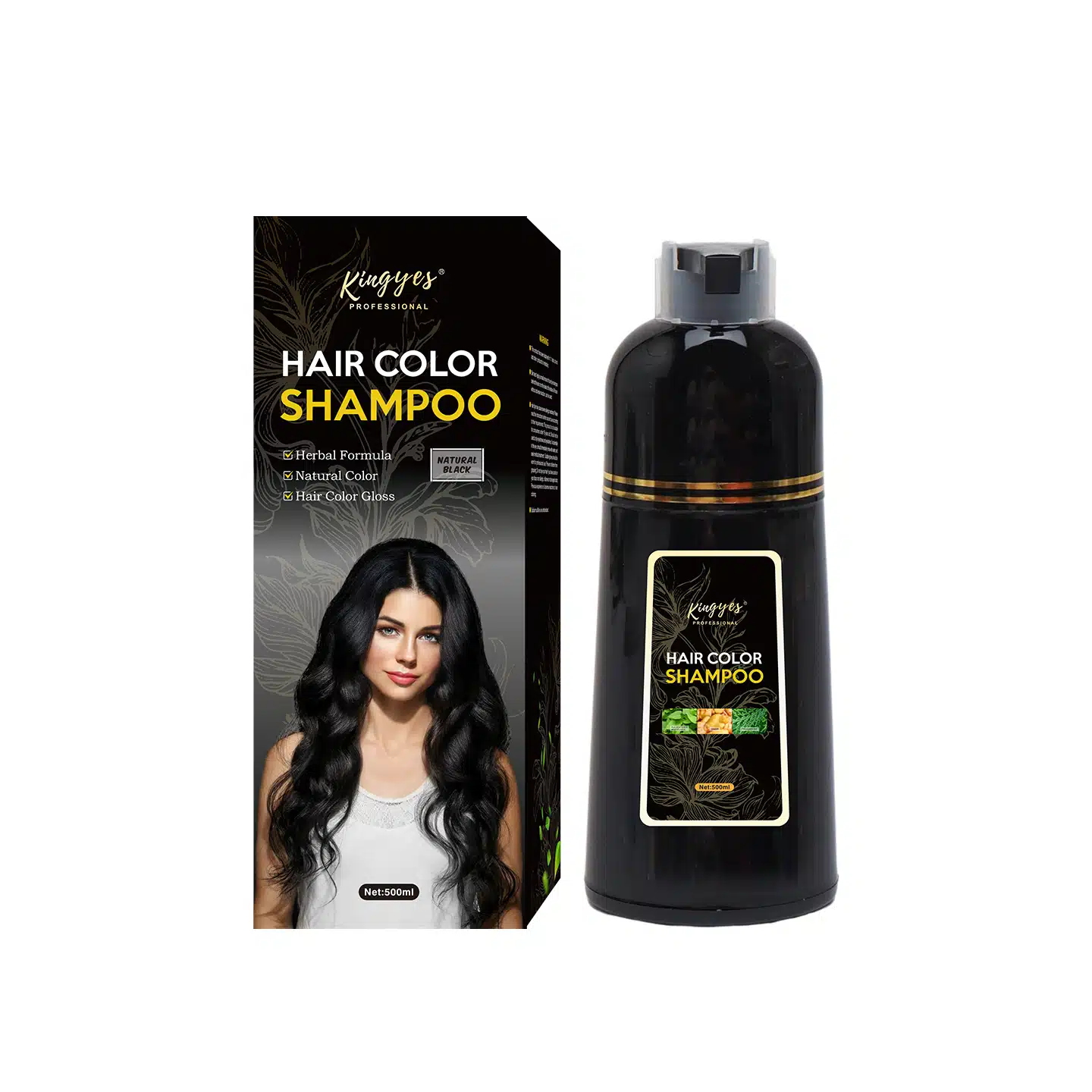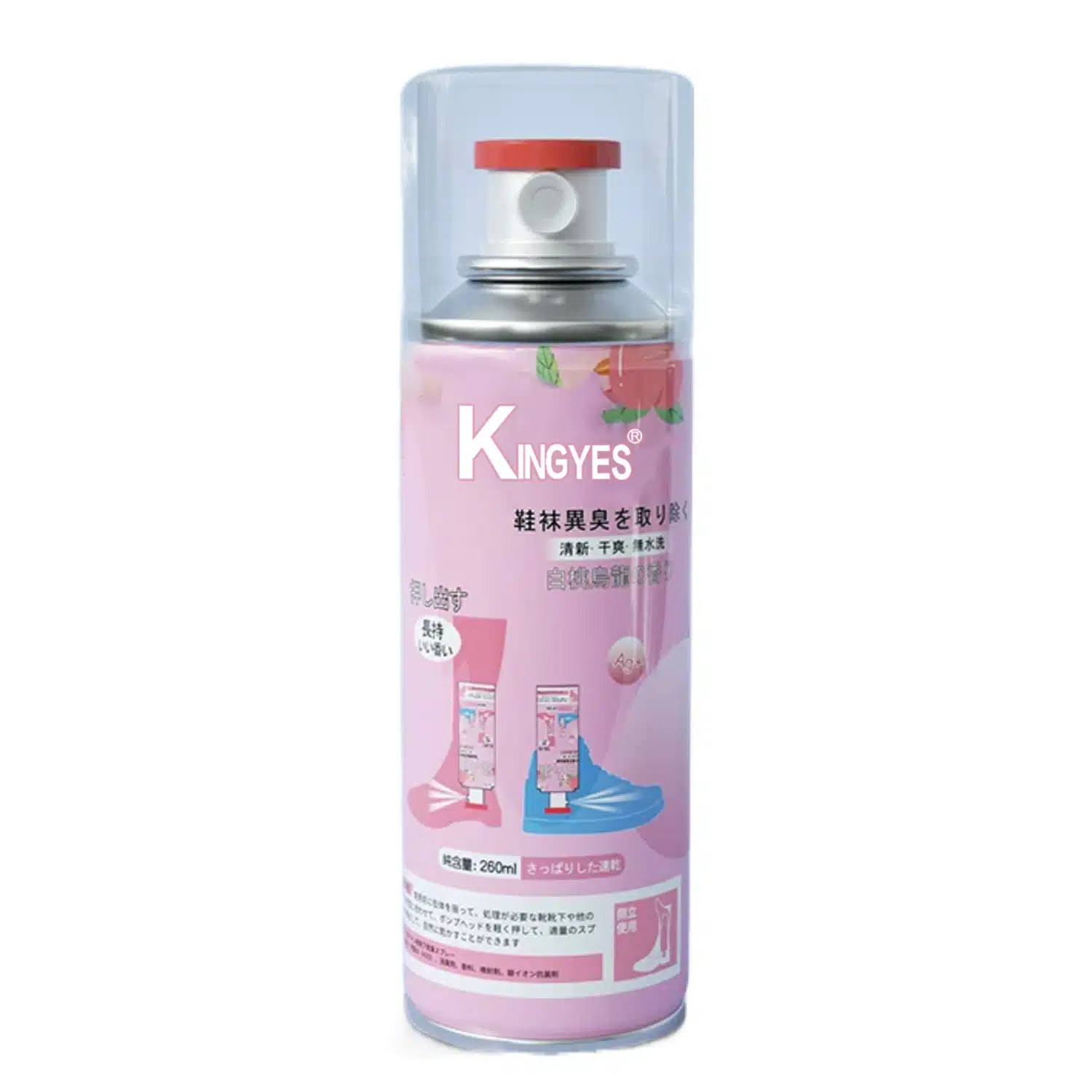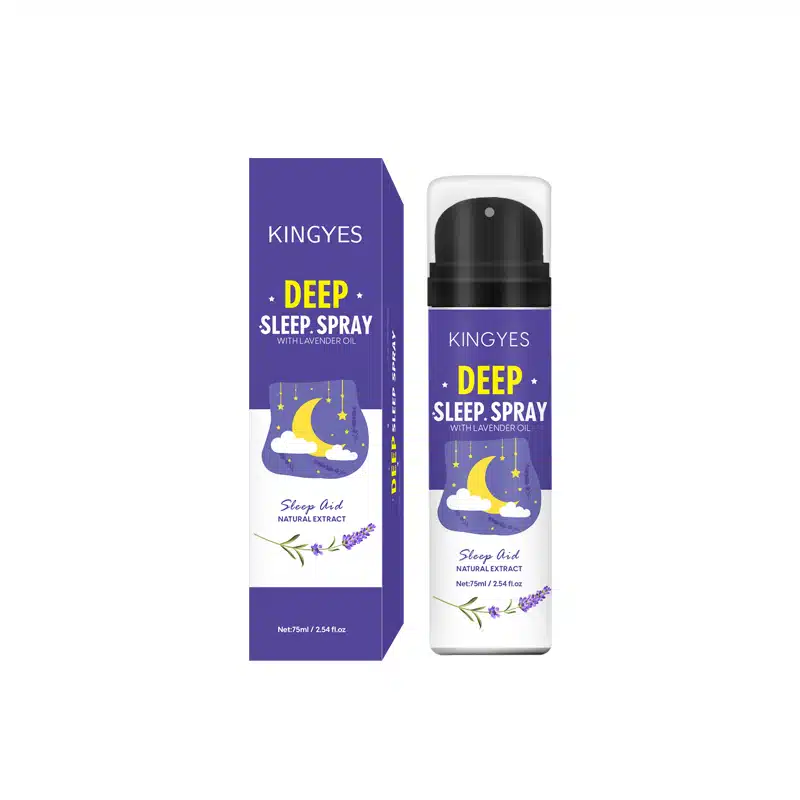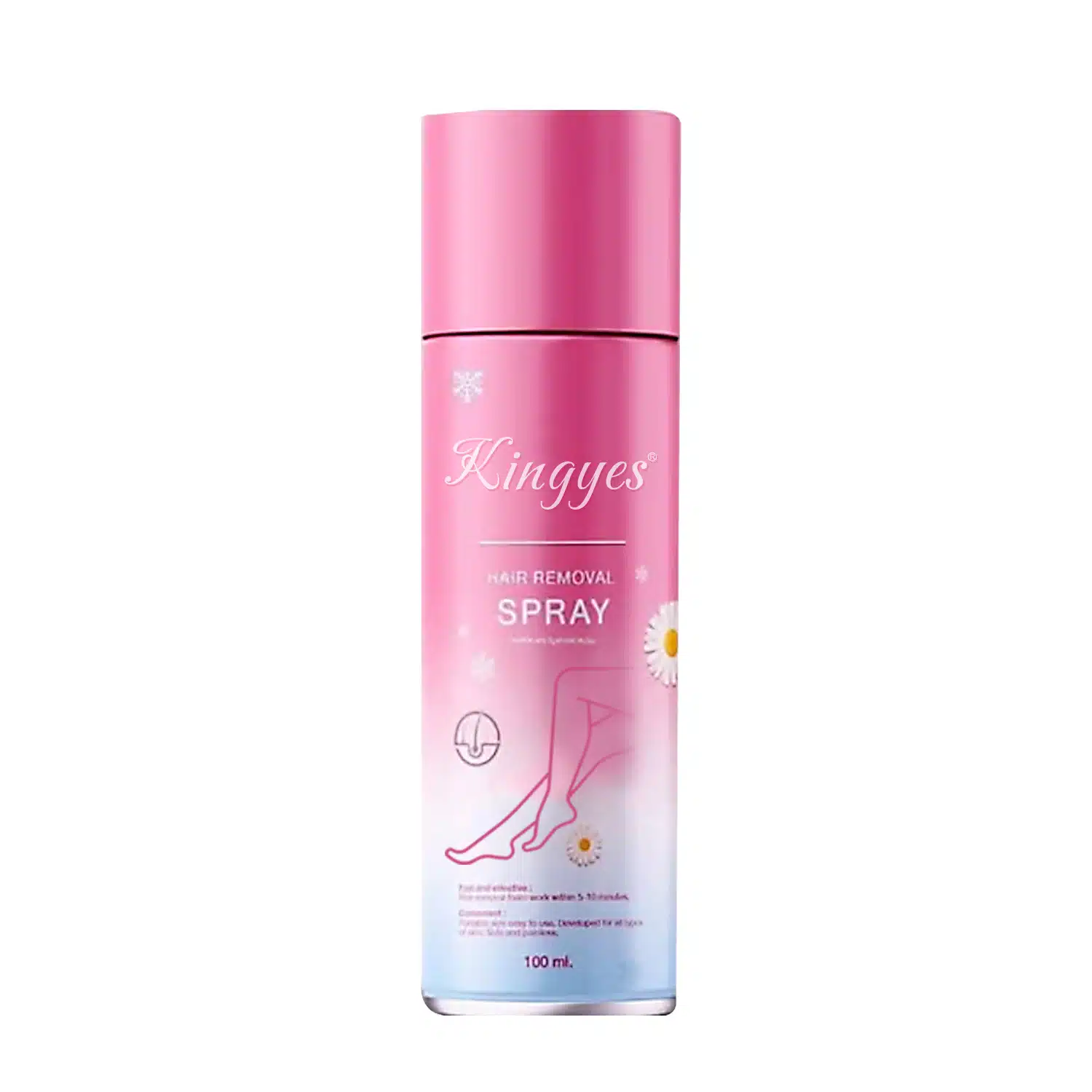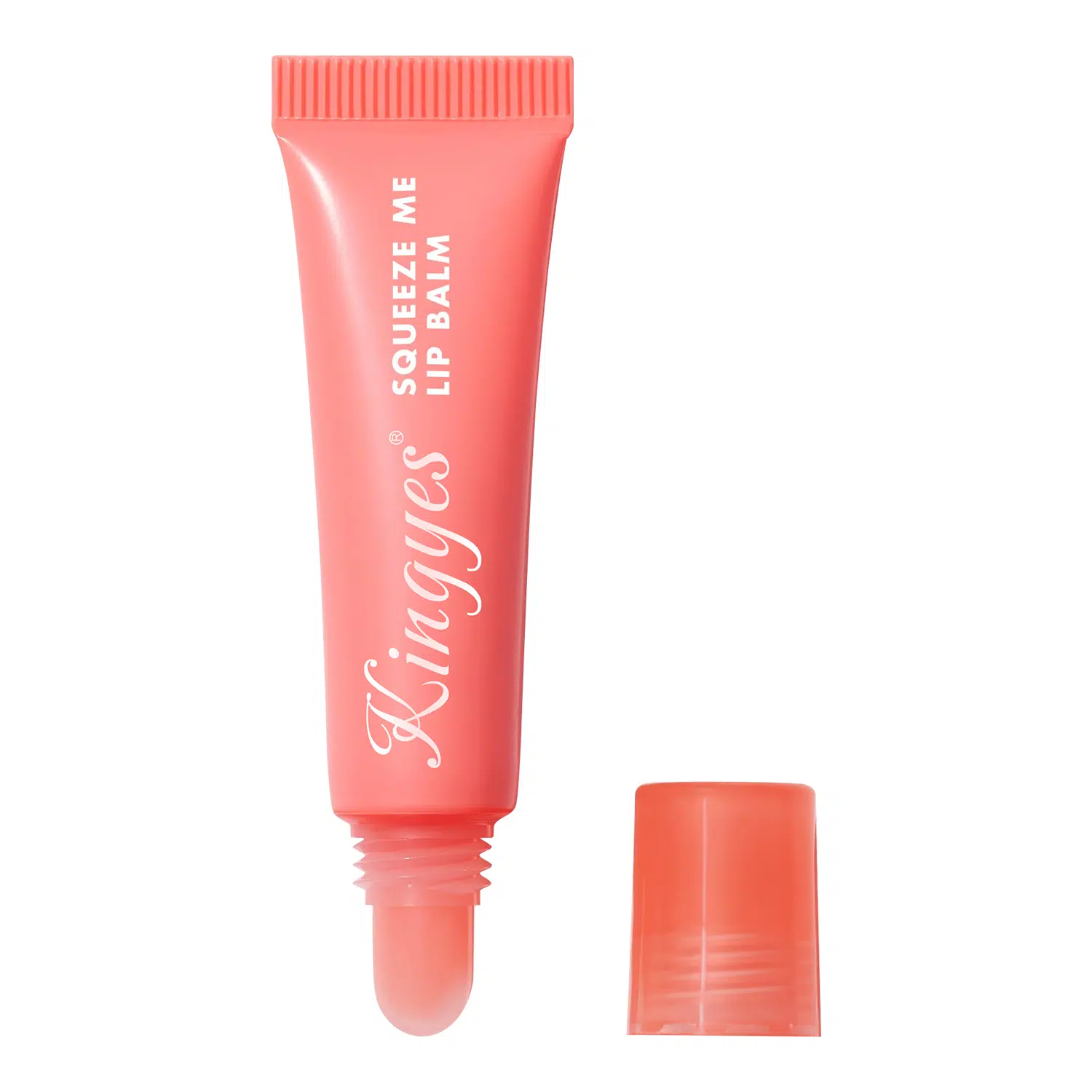
What Is The Quality Standard For Cosmetics?
Table of Contents
Setting the Bar: What Is The Quality Standard For Cosmetics?
In the rapidly evolving cosmetics market, ensuring product quality and consumer safety is paramount. But what exactly are the quality standards that govern cosmetic products? This comprehensive guide delves into the world of cosmetic quality, exploring the crucial role of Good Manufacturing Practice (GMP) and the ISO 22716 standard. We’ll examine why these standards are essential for cosmetic manufacturers, how they are implemented, and what they mean for consumers seeking safe and high-quality products. Understanding these standards is vital for anyone involved in the cosmetics industry, from manufacturers to consumers. This article will also highlight the importance of quality control in maintaining standards and safety.
Understanding Cosmetic Quality Control
Quality control in the cosmetics industry is a systematic process that ensures cosmetic products are consistently produced and controlled to meet the required quality standards. It involves every aspect of the production process, from raw material sourcing and handling to manufacturing, packaging, and distribution. Cosmetic quality control aims to prevent defects, reduce risks, and ensure that products are safe, effective, and meet consumer expectations.
Quality control of cosmetics encompasses a wide range of activities, including:
- Raw Material Inspection: Ensuring that all incoming raw materials meet specified quality standards. This might involve testing for purity, identity, and the absence of contaminants.
- In-Process Control: Monitoring and controlling critical parameters during the manufacturing process to ensure consistency and prevent deviations from established standards.
- Product Testing: Conducting various tests on finished products to verify their quality, safety, and performance. This could include tests for stability, microbial contamination, pH levels, viscosity, and more.
- Packaging and Labeling Control: Ensuring that packaging materials are of appropriate quality and that product labels are accurate, complete, and comply with regulations.
- Documentation and Record-Keeping: Maintaining detailed records of all quality control activities, including test results, deviations, corrective actions, and audits.
Implementing robust quality control measures is not just a best practice in the cosmetics sector – it’s a legal requirement in many countries. Regulatory bodies worldwide have established standards and guidelines to ensure the safety of cosmetic products. This is where standards such as Good Manufacturing Practice (GMP) and ISO 22716 come into play. Quality control is not just about meeting regulations; it’s about building customer loyalty and trust.
The Role of Good Manufacturing Practice (GMP) in Cosmetics
Good Manufacturing Practice (GMP) is a set of guidelines that outline the minimum requirements that a manufacturer must meet to ensure that their products are consistently high in quality, from batch to batch, and are safe for their intended use. GMP covers all aspects of production, from the starting materials, premises, and equipment to the training and personal hygiene of staff. GMP is a crucial aspect of quality management in the cosmetics industry.
In the context of cosmetics, GMP guidelines address specific concerns relevant to cosmetic products, such as:
- Preventing Contamination: GMP guidelines provide detailed procedures for cleaning and sanitizing equipment, preventing cross-contamination between different products, and controlling the manufacturing environment to minimize the risk of microbial, chemical, or physical contamination.
- Ensuring Raw Material Quality: GMP requires manufacturers to establish specifications for all raw materials and to verify that incoming materials meet these specifications through appropriate testing.
- Controlling the Manufacturing Process: GMP guidelines outline procedures for each step of the manufacturing process, from weighing and mixing ingredients to filling and packaging the finished product.
- Personnel Training: GMP emphasizes the importance of training all personnel involved in manufacturing, quality control, and other relevant activities to ensure they have the necessary skills and knowledge to perform their tasks correctly.
- Documentation and Traceability: GMP requires thorough documentation of all manufacturing and quality control activities, allowing for traceability of each product batch back to its raw materials and manufacturing history.
GMP guidelines provide a framework for cosmetic companies to establish and maintain effective quality control systems. By adhering to GMP, cosmetic manufacturers can ensure their products are safe and of consistent quality.
What is the ISO 22716 Standard?
ISO 22716 is an international standard that provides guidelines for Good Manufacturing Practices (GMP) specifically for the cosmetic industry. It was developed by the International Organization for Standardization (ISO) to help ensure the safety and quality of cosmetic products. The ISO 22716 standard is recognized globally and serves as a benchmark for cosmetic quality. It is designed to be compatible with other quality management system standards, such as ISO 9001.
ISO 22716 addresses all aspects of the cosmetic product supply chain, from the receipt of raw materials to the shipment of the finished product. It provides comprehensive guidance on:
- Production
- Control
- Storage
- Shipment
- Quality Management
The standard is designed to be applicable to all types and sizes of organizations involved in the manufacturing of cosmetic products. ISO 22716 is a voluntary standard, but it has become widely adopted in the cosmetic industry as a way to demonstrate compliance with GMP principles and to ensure product safety and quality. Many regulatory authorities around the world recommend or require adherence to ISO 22716 or equivalent GMP standards for cosmetics.
Key Components of ISO 22716
ISO 22716 is structured around several key components that, together, form the foundation of a robust quality management system for cosmetic manufacturing. These components include:
Personnel: The standard emphasizes the importance of having competent and trained personnel involved in all aspects of cosmetic manufacturing and quality control. It provides guidelines for defining roles and responsibilities, providing training, and ensuring personnel hygiene.
Premises: ISO 22716 sets out requirements for the design, construction, and maintenance of manufacturing facilities to prevent contamination, facilitate cleaning and sanitation, and ensure the orderly flow of materials and personnel.
Equipment: The standard provides guidance on the selection, installation, calibration, cleaning, and maintenance of equipment used in cosmetic manufacturing and quality control.
Raw Materials and Packaging Materials: ISO 22716 outlines procedures for the purchasing, receipt, identification, testing, storage, and handling of raw materials and packaging materials to ensure their quality and suitability for use.
Production: The standard covers all aspects of the production process, from the weighing and mixing of ingredients to the filling and packaging of the finished product. It emphasizes the importance of following documented procedures, controlling critical parameters, and monitoring the production process to ensure consistency and quality.
Finished Products: ISO 22716 provides guidelines for the release, storage, and shipment of finished products, including requirements for product testing, labeling, and traceability.
Quality Control Laboratory: The standard sets out requirements for quality control laboratories, including the testing of raw materials, in-process materials, and finished products. It covers aspects such as test methods, equipment calibration, and the handling of test results.
Treatment of Product That is Out of Specification: ISO 22716 requires manufacturers to have procedures in place for handling deviations from specifications, including the investigation of non-conformances, the implementation of corrective actions, and the disposition of non-conforming products.
Wastes: The standard addresses the proper handling and disposal of waste materials generated during cosmetic manufacturing.
Subcontracting: ISO 22716 provides guidelines for managing subcontracted activities, such as manufacturing, packaging, testing, or cleaning, to ensure that subcontractors also adhere to GMP principles.
Deviations: The standard requires manufacturers to have a system for identifying, documenting, investigating, and resolving deviations from established procedures or specifications.
Complaints and Recalls: ISO 22716 outlines procedures for handling product complaints and managing product recalls if necessary.
Change Control: The standard emphasizes the importance of managing changes to processes, equipment, materials, or procedures in a controlled manner to ensure that they do not adversely affect product quality.
Internal Audit: ISO 22716 requires manufacturers to conduct regular internal audits to verify compliance with the standard and to identify opportunities for improvement.
Documentation: The standard sets out requirements for the types of documents that manufacturers must maintain, such as procedures, specifications, batch records, and test results, and provides guidance on document control and record-keeping.
These components work together to create a comprehensive framework for quality management in cosmetic manufacturing. By implementing the requirements of ISO 22716, cosmetic manufacturers can ensure their products meet the highest quality and safety standards. The entire manufacturing process is covered by this standard.
The Importance of Product Testing in Ensuring Quality
Product testing is a critical aspect of quality control in the cosmetics industry. It involves conducting various tests on raw materials, in-process materials, and finished products to verify their identity, purity, strength, composition, and other quality attributes. Cosmetic product testing is essential for:
- Ensuring Product Safety: Testing helps to ensure that cosmetic products are free from harmful contaminants, such as microorganisms, heavy metals, and allergens. It also helps to verify that products are stable and will not cause skin irritation or other adverse reactions when used as intended.
- Verifying Product Performance: Testing can confirm that cosmetic products meet their performance claims, such as providing a certain level of moisturization, sun protection, or color payoff.
- Meeting Regulatory Requirements: Many countries have regulations that require cosmetic products to undergo specific tests to demonstrate their safety and quality before they can be placed on the market.
- Supporting Product Development: Testing plays a crucial role in the development of new cosmetic products, helping manufacturers to optimize formulations, select appropriate ingredients, and ensure product stability and shelf life.
Product testing in the cosmetics industry may include a wide range of tests, such as:
- Microbiological Testing: To detect and quantify any microorganisms present in the product.
- Stability Testing: To assess the product’s shelf life and its ability to maintain its quality and performance under various storage conditions.
- Preservative Efficacy Testing: To ensure that the product’s preservative system is effective in preventing microbial growth.
- Chemical Testing: To determine the concentration of active ingredients, pH levels, viscosity, and other chemical properties.
- Physical Testing: To evaluate the product’s appearance, color, odor, texture, and other physical characteristics.
- Safety Testing: This can include tests for skin irritation, sensitization, phototoxicity, and eye irritation.
- Performance Testing: To assess the product’s efficacy in delivering its intended benefits, such as moisturizing, anti-aging, or sun protection.
Testing ensures that products are safe for consumers to use. Final product testing is often carried out by an independent lab. Testing and quality control are crucial.
Obtaining ISO 22716 Certification: A Step-by-Step Process
While ISO 22716 is a voluntary standard, many cosmetic companies choose to pursue certification to demonstrate their commitment to quality and GMP. Obtaining ISO 22716 certification involves the following steps:
Gap Analysis: The first step is to conduct a gap analysis to compare your current quality management system and manufacturing practices against the requirements of ISO 22716. This will help you identify any areas where you need to make improvements to meet the standard.
Implementation: Based on the results of the gap analysis, you will need to develop and implement the necessary procedures, processes, and documentation to meet the requirements of ISO 22716. This may involve updating existing procedures, creating new ones, providing training to staff, and making changes to your facilities or equipment.
Internal Audit: Once you have implemented the necessary changes, you should conduct an internal audit to verify that your quality management system is functioning as intended and that you are in compliance with the standard.
Certification Audit: The next step is to engage an accredited certification body to conduct an independent audit of your quality management system and manufacturing practices. The audit will typically involve a review of your documentation, interviews with staff, and an inspection of your facilities.
Corrective Actions: If the certification audit identifies any non-conformities with the standard, you will need to implement corrective actions to address these issues.
Certification: Once the certification body is satisfied that you meet the requirements of ISO 22716, they will issue an ISO 22716 certificate. The certificate is typically valid for three years, subject to ongoing surveillance audits.
Continual Improvement: Obtaining ISO 22716 certification is not a one-time event. It requires an ongoing commitment to maintaining and improving your quality management system. You will need to conduct regular internal audits, implement corrective and preventive actions, and undergo surveillance audits by the certification body to maintain your certification.
Obtaining ISO 22716 certification can be a complex and resource-intensive process, but it can also bring significant benefits to cosmetic companies. The ISO 22716 standard is a mark of quality in the cosmetics sector.
The Benefits of Implementing GMP and ISO 22716
Implementing GMP and ISO 22716 can offer numerous benefits to cosmetic manufacturers, including:
- Enhanced Product Quality and Safety: By adhering to GMP principles and the requirements of ISO 22716, cosmetic companies can ensure that their products are consistently produced to meet the highest quality and safety standards, reducing the risk of defects, contamination, and safety issues.
- Increased Consumer Confidence: ISO 22716 certification and compliance with GMP guidelines can enhance consumer confidence in the safety and quality of cosmetic products. This can lead to increased customer loyalty and brand trust. Cosmetic companies can ensure that their products are safe.
- Improved Operational Efficiency: Implementing a quality management system based on GMP and ISO 22716 can help to streamline operations, reduce waste, and improve overall efficiency. This can result in cost savings and increased profitability.
- Better Regulatory Compliance: GMP and ISO 22716 are recognized by regulatory authorities worldwide as the best practices for cosmetic manufacturing. Adhering to these standards can help companies meet regulatory requirements and avoid potential legal issues. It is a legal requirement in many countries.
- Competitive Advantage: ISO 22716 certification can provide a competitive advantage in the marketplace, particularly when dealing with retailers, distributors, and customers who prioritize quality and safety.
- Facilitated International Trade: As an international standard, ISO 22716 can facilitate international trade by providing a common framework for quality management that is recognized globally. This can help cosmetic companies to access new markets and expand their business internationally.
Cosmetic companies that invest in implementing GMP and obtaining ISO 22716 certification demonstrate their commitment to producing high-quality, safe products. This can have a positive impact on their reputation, customer relationships, and bottom line. The cosmetics market is highly competitive, so implementing these standards can give companies a competitive edge.
Challenges in Maintaining Cosmetic Quality Standards
While the benefits of implementing GMP and ISO 22716 are clear, cosmetic companies may face several challenges in maintaining these quality standards:
- Cost of Implementation: Implementing a quality management system and obtaining ISO 22716 certification can involve significant upfront costs, including investments in training, infrastructure, equipment upgrades, and certification audits.
- Resource Requirements: Maintaining compliance with GMP and ISO 22716 requires ongoing resources, including dedicated personnel, time for training and documentation, and ongoing audits and inspections.
- Supply Chain Management: Ensuring the quality and safety of raw materials and packaging materials can be challenging, particularly when dealing with complex global supply chains. Cosmetic companies need to carefully manage their suppliers and implement robust receiving and testing procedures.
- Keeping Up with Regulatory Changes: The regulatory landscape for cosmetics is constantly evolving, with new regulations and standards being introduced regularly. Cosmetic companies must stay informed about these changes and update their procedures and practices accordingly.
- Training and Competency: Maintaining a high level of staff competency and ensuring that all personnel involved in manufacturing and quality control are adequately trained can be an ongoing challenge.
- Documentation and Record-Keeping: GMP and ISO 22716 require extensive documentation and record-keeping, which can be time-consuming and require dedicated resources.
- Preventing Contamination: Despite best efforts, contamination incidents can still occur. Cosmetic companies need to have robust procedures in place for detecting, investigating, and addressing contamination issues promptly and effectively.
- Dealing with Non-Conformances: Identifying and addressing deviations from established procedures or specifications can be challenging. Companies need to have a system for investigating non-conformances, implementing corrective actions, and preventing recurrence.
Overcoming these challenges requires a strong commitment to quality from top management, as well as adequate resources, effective communication, and ongoing training. It is an ongoing process that requires continuous effort and investment.
The Future of Quality Control in the Cosmetic Industry
The field of quality control in the cosmetic industry is continuously evolving, driven by advancements in technology, new regulations, and changing consumer expectations. Some key trends shaping the future of cosmetic quality control include:
- Increased Automation: Automation is playing an increasingly important role in cosmetic manufacturing and quality control. Automated systems can help to improve efficiency, reduce human error, and ensure consistency in product quality. Examples include automated weighing and mixing systems, in-line inspection systems, and robotic packaging lines.
- Real-Time Monitoring and Control: Advances in sensor technology and data analytics are enabling real-time monitoring and control of critical process parameters during cosmetic manufacturing. This allows for immediate adjustments to be made to maintain product quality and prevent deviations.
- Enhanced Traceability: There is a growing emphasis on traceability throughout the cosmetic supply chain, from raw materials to finished products. Technologies such as blockchain and RFID tagging are being explored to enhance traceability and transparency.
- Personalized Cosmetics: The trend towards personalized cosmetics is creating new challenges for quality control. Manufacturers need to develop flexible manufacturing processes that can accommodate small batch sizes and customized formulations while maintaining product quality and safety.
- Sustainability: Sustainability is becoming an increasingly important consideration in the cosmetic industry. This includes the use of sustainable raw materials, reducing energy and water consumption during manufacturing, minimizing waste generation, and using eco-friendly packaging materials.
- Greater Emphasis on Safety: Consumer concerns about the safety of cosmetic products are driving increased scrutiny of ingredients and manufacturing practices. We can expect to see more rigorous safety testing requirements and greater transparency in ingredient labeling.
- Harmonization of Global Standards: Efforts are underway to harmonize cosmetic regulations and standards globally, which will simplify compliance for companies operating in multiple markets and help to ensure consistent product quality and safety worldwide.
The cosmetic industry is embracing these trends to enhance product quality, improve efficiency, and meet the evolving expectations of regulators and consumers. The future of quality control in cosmetics will likely involve a combination of advanced technologies, data-driven decision-making, and a continued focus on product safety and sustainability.
Consumer Awareness and the Demand for Quality and Safety
Consumers are becoming increasingly aware of the importance of quality and safety in cosmetic products. They are more informed about ingredients, manufacturing practices, and potential risks associated with cosmetic use. This growing awareness is driving demand for high-quality, safe, and transparently produced cosmetics. Social media, online reviews, and consumer advocacy groups have played a significant role in raising awareness and empowering consumers to make informed choices.
Consumers are increasingly seeking out cosmetic products that are:
- Safe and Non-Toxic: Consumers are concerned about the potential health risks associated with certain cosmetic ingredients, such as parabens, phthalates, and formaldehyde-releasing preservatives. They are looking for products that are free from harmful chemicals and that have undergone rigorous safety testing.
- High-Quality and Effective: Consumers expect cosmetic products to deliver on their claims and provide the desired results. They are willing to pay more for products that are perceived as being high-quality and effective.
- Ethically Produced: Consumers are increasingly interested in the ethical aspects of cosmetic production, such as fair labor practices, animal welfare, and environmental sustainability. They are more likely to support brands that align with their values.
- Transparently Labeled: Consumers want clear and accurate information about the ingredients used in cosmetic products, as well as information about the manufacturing process and the company’s quality control practices.
In response to this growing consumer demand, many cosmetic companies are reformulating their products to remove potentially harmful ingredients, investing in more rigorous product testing, and adopting more transparent labeling practices. They are also highlighting their commitment to GMP, ISO 22716, and other quality standards as a way to build consumer trust and demonstrate their dedication to product quality and safety. This is a positive development for both consumers and the cosmetic industry as a whole.
Key Things to Remember:
- Quality control is essential in the cosmetic industry to ensure product quality, safety, and compliance with regulations.
- Good Manufacturing Practice (GMP) provides guidelines for ensuring the consistent quality and safety of cosmetic products throughout the entire manufacturing process.
- The ISO 22716 standard is an international standard that provides specific GMP guidelines for the cosmetic industry.
- Key components of ISO 22716 include personnel training, premises and equipment requirements, raw material and production control, finished product requirements, and quality management system elements.
- Product testing, including microbiological, stability, chemical, physical, safety, and performance testing, is a critical aspect of cosmetic quality control.
- Obtaining ISO 22716 certification involves a gap analysis, implementation of necessary changes, internal audit, certification audit, corrective actions, and ongoing surveillance audits.
- Implementing GMP and ISO 22716 can offer benefits such as enhanced product quality and safety, increased consumer confidence, improved operational efficiency, better regulatory compliance, and a competitive advantage.
- Challenges in maintaining cosmetic quality standards include the cost of implementation, resource requirements, supply chain management, keeping up with regulatory changes, training, documentation, preventing contamination, and dealing with non-conformances.
- The future of quality control in the cosmetic industry will likely involve increased automation, real-time monitoring, enhanced traceability, personalized cosmetics, sustainability, greater emphasis on safety, and harmonization of global standards.
- Consumer awareness and demand for quality and safety are driving changes in the cosmetic industry, with consumers seeking out safe, high-quality, ethically produced, and transparently labeled products.
Comments

What Is The Best Hair Fiber Spray?
Discovering the right hair fiber spray can transform your appearance and boost your confidence.
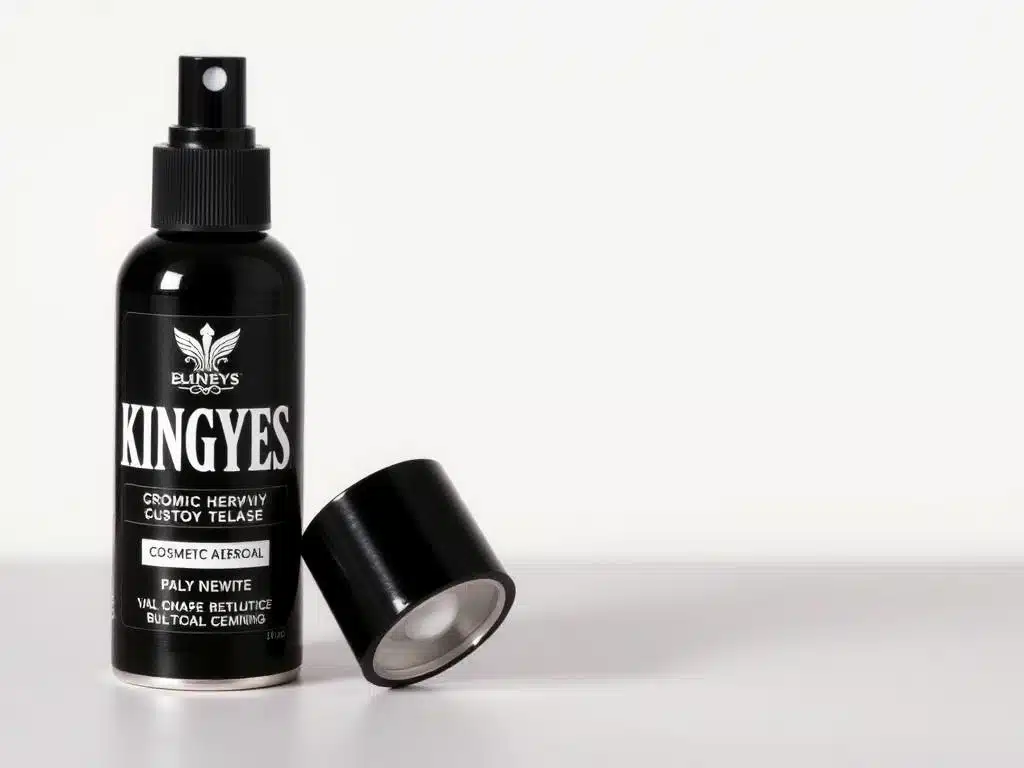
How To Sell Cosmetics On Instagram?
Instagram is a visual powerhouse, making it the perfect platform to showcase and sell cosmetics.

What Is Nair Hair Removal Spray Used For?
Ever wondered how to remove unwanted hair quickly and painlessly?
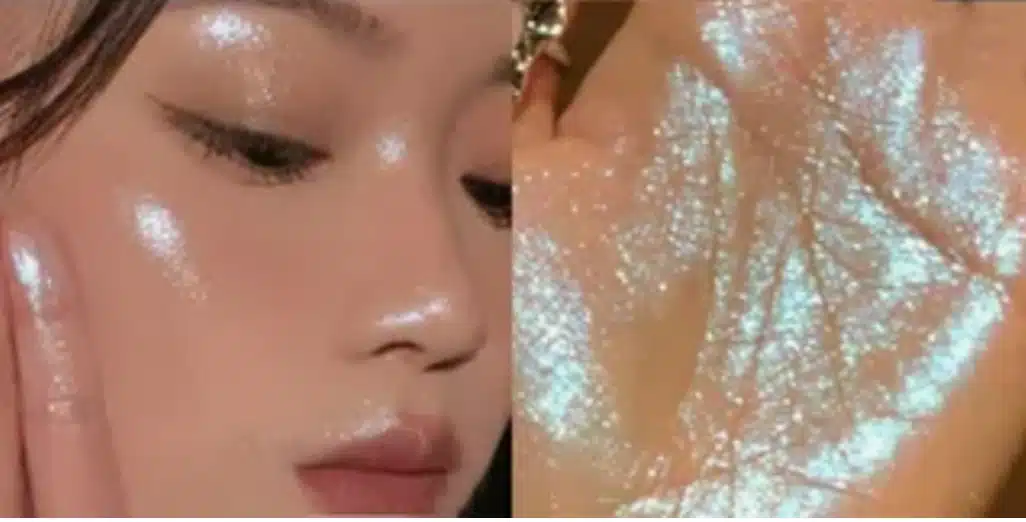
What Goes First Liquid Highlighter Or Powder?
Ever stood in front of your makeup mirror wondering whether to apply liquid highlighter before or after powder?
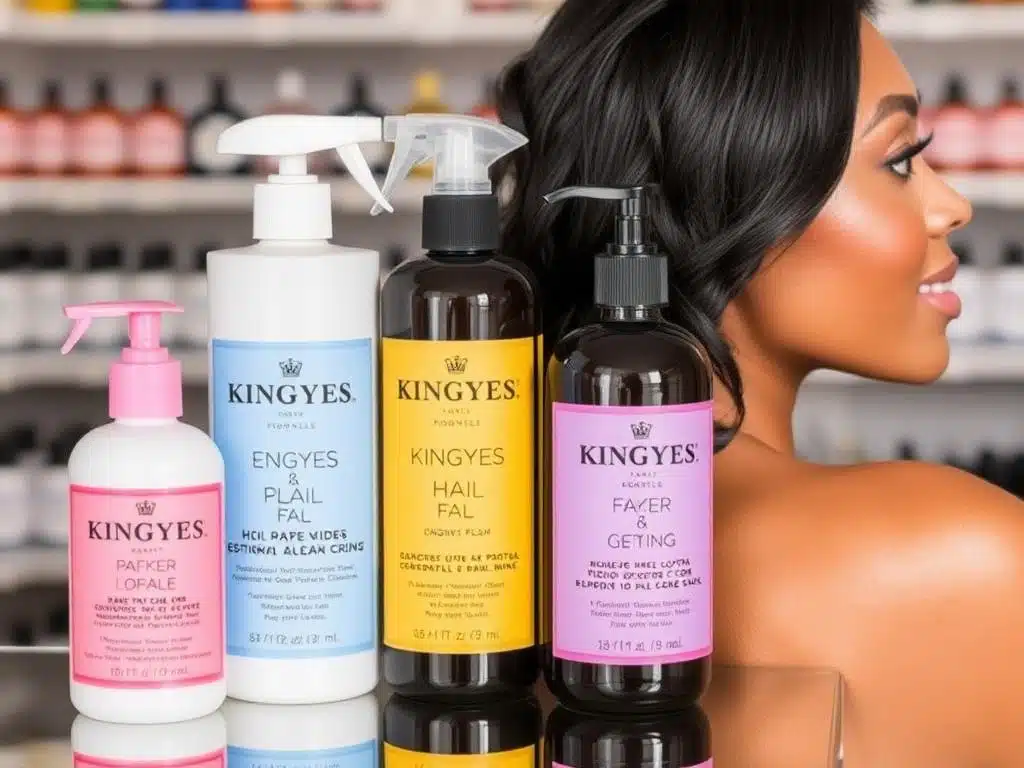
Are There Chemicals In Hair Products?
The average morning routine for many Americans includes using a variety of hair care products, from shampoo and conditioner to styling aids.
- +86 151 1839 7303
- [email protected]
- Mon-Sun 07:00-23:00
Tags
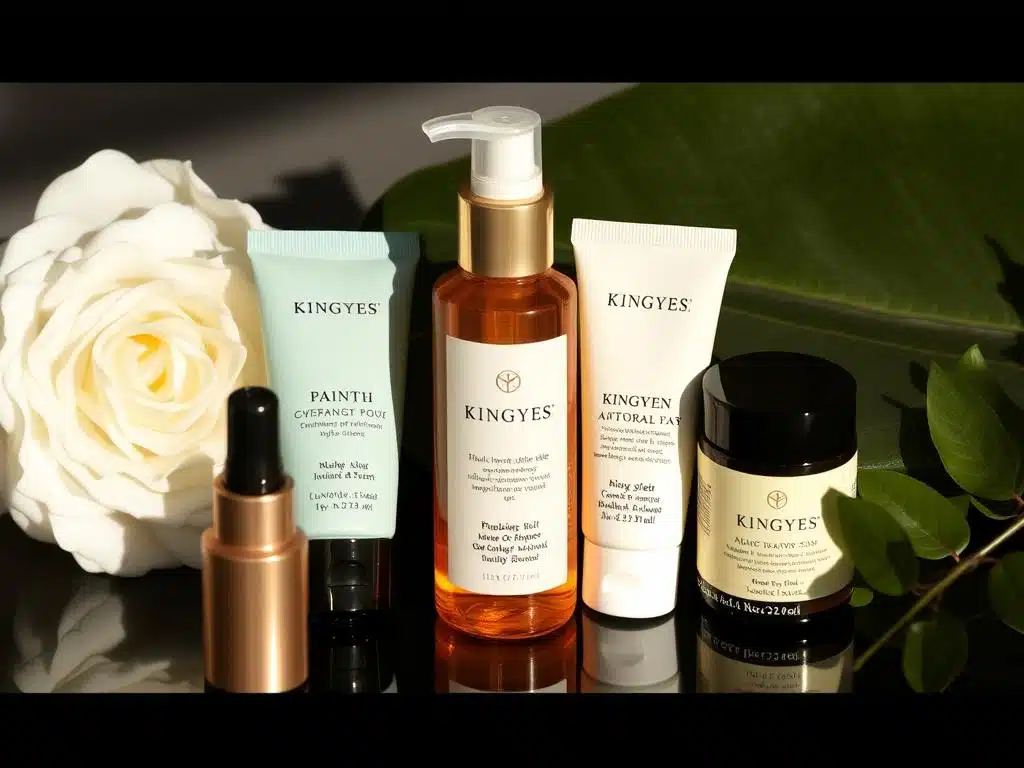
How To Sell Cosmetics On WeChat?
Are you ready to tap into the world’s largest beauty market?

How To Sell Cosmetics On Shopee?
Looking to sell cosmetics and tap into the booming e-commerce market of Southeast Asia?

How To Cooperate With Cosmetics Factories?
In the dynamic and competitive beauty industry, partnering with the right cosmetic manufacturer is paramount to the success of your cosmetics business.

